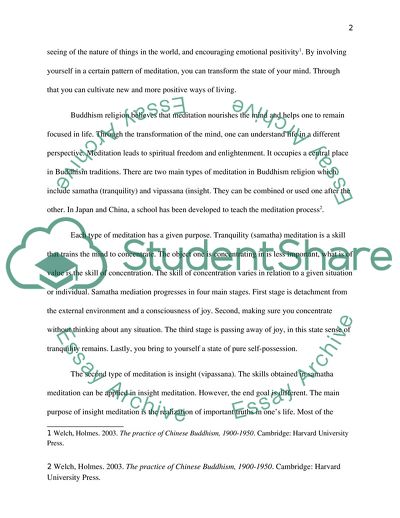Cite this document
(The Practice of Meditation in Buddhism Essay Example | Topics and Well Written Essays - 2000 words - 2, n.d.)
The Practice of Meditation in Buddhism Essay Example | Topics and Well Written Essays - 2000 words - 2. https://studentshare.org/religion-and-theology/1861977-buddhism
The Practice of Meditation in Buddhism Essay Example | Topics and Well Written Essays - 2000 words - 2. https://studentshare.org/religion-and-theology/1861977-buddhism
(The Practice of Meditation in Buddhism Essay Example | Topics and Well Written Essays - 2000 Words - 2)
The Practice of Meditation in Buddhism Essay Example | Topics and Well Written Essays - 2000 Words - 2. https://studentshare.org/religion-and-theology/1861977-buddhism.
The Practice of Meditation in Buddhism Essay Example | Topics and Well Written Essays - 2000 Words - 2. https://studentshare.org/religion-and-theology/1861977-buddhism.
“The Practice of Meditation in Buddhism Essay Example | Topics and Well Written Essays - 2000 Words - 2”. https://studentshare.org/religion-and-theology/1861977-buddhism.


